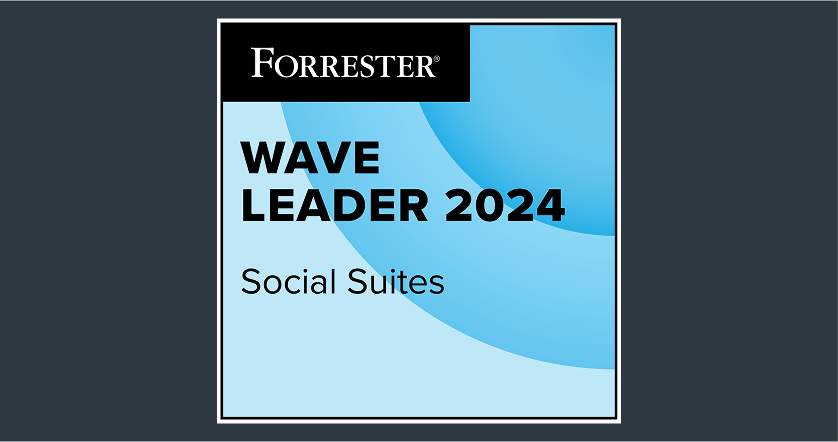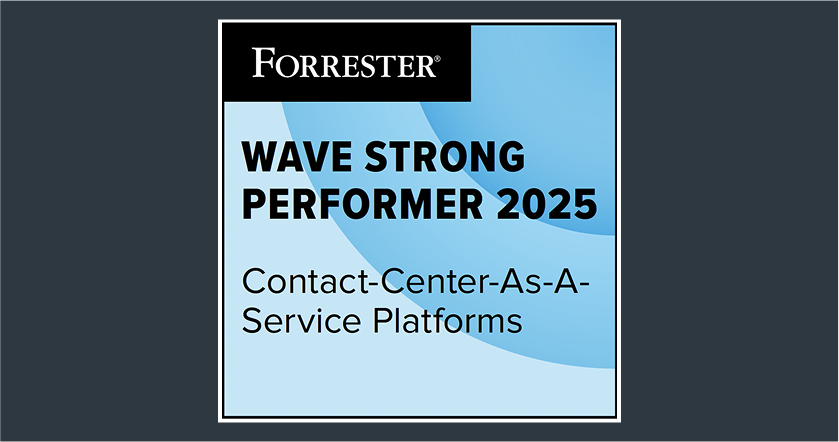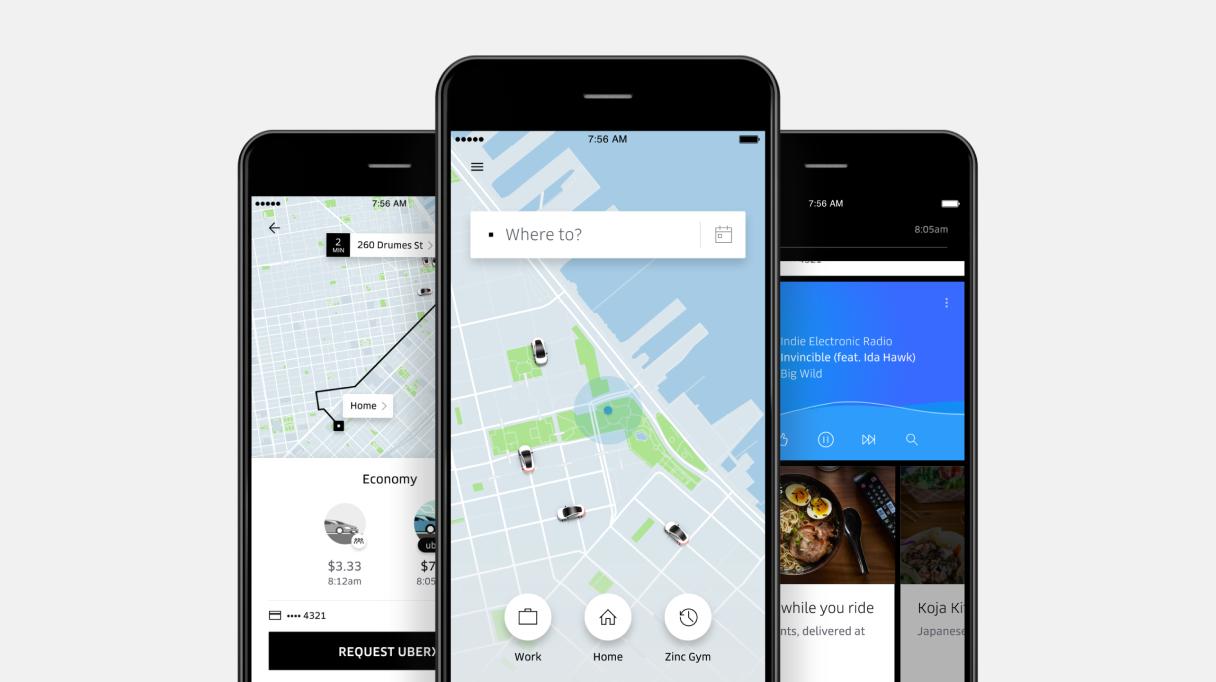- What is employee advocacy?
- Why should your business focus on employee advocacy?
- 5 best practices to follow in employee advocacy
- Drive a successful employee advocacy program through these 7 steps
- Avoid these 5 mistakes when setting up your employee advocacy strategy
- Increase your brand reach by 10x using the only unified advocacy platform
What is employee advocacy?
Employee advocacy is a powerful strategy that involves empowering your team to curate and share brand-related content across their personal and professional social networks. By providing employees with relevant information, they become not only better informed and engaged but also pivotal in extending your brand's reach.
Employees engage in social media advocacy by sharing various forms of company content — from job listings and blog articles to industry insights and posts about product launches. It also includes the creation of original social media content.
For example, an Instagram Story featuring an office celebration, a TikTok video showcasing a fun team challenge or a behind-the-scenes tour of an employee’s decked-out workspace — all these efforts contribute to employee advocacy. Whether employees are resharing brand content or crafting their own unique posts, any social media content that promotes their company is considered a valuable facet of employee advocacy.
Take Dell for instance. It successfully integrated employee advocacy into its marketing strategy, recognizing the impact of employees in building brand credibility. Employees are asked to share company content on their own social media pages, like tech updates. It's not just about reposting — Dell's workforce also gets to create its own blogs and videos, showing off its expertise and passion for the company’s tech wonders. This not only amplifies Dell’s reach but presents the organization as a cohesive, united family.

Employee advocacy vs. Brand advocacy
Have you ever found yourself confused — wondering if employee advocacy and brand advocacy are the same? Let’s see how different they are.
Brand advocacy refers to the active endorsement of a product, service or brand by individuals who genuinely believe in it. These advocates voluntarily share positive messages about the brand. Brand advocates play a crucial role in building brand credibility, fostering trust and expanding the brand's reach through authentic and enthusiastic recommendations.
Learn More: Who are brand advocates and how to build a winning brand advocacy program
Employee advocacy, on the other hand, revolves around empowering internal team members to become brand ambassadors.
Here are key differences between the two:
Criteria | Brand advocacy | Employee advocacy |
Source of advocacy | External individuals (employees, influencers, customers) | Internal — employees who actively promote their company |
Nature of advocacy | Involves sharing positive messages about a product or brand | Involves employees taking to social media to promote their employer |
Scope of promotion | Word-of-mouth advertising about the brand to the advocate's network | Focused on showcasing positive aspects of the employer to a broader audience |
Why should your business focus on employee advocacy?
You can reap several benefits from running an effective employee advocacy program in the form of increased reach, engagement, sales and ROI.
1. Improve your social reach and engagement
You can expand your brand’s social reach by taking advantage of your employees’ social media influence and communities. Employee-shared content, which can be seen as more credible and authentic than brand-sponsored content, has the potential to drive a high volume of engagement.
2. Augment your sales, hiring and thought leadership efforts
Discover sales and thought leadership opportunities by actively monitoring and engaging in employee-led conversations, such as discussions about their work experiences, achievements and industry insights. Employees can play a vital role in attracting new talent by sharing job opportunities and approved recruitment messages, supporting your HR team's efforts.
3. Create a stronger brand voice
A well-governed advocacy program ensures your employees' voices align with your brand voice. Having a consistent brand voice helps foster trust in existing and potential buyers and recruits.
Learn More: Activate your advocates for recruiting
4. Lower your marketing costs
Leverage word-of-mouth marketing through employee advocacy to scale up content that drives leads. This can help your brand generate qualified leads without incurring additional marketing costs.
5. Improve your team’s engagement and morale
Turning employees into advocates through advocacy programs brings about a sense of ownership and loyalty. This improves their morale, productivity and brings down attrition levels in the long run.
5 best practices to follow in employee advocacy
Having explored how employee advocacy can make a real difference, let's now delve into the essential practices that can turn your program into rousing success. These five best practices will serve as your guide — ensuring you maximize its potential for both your team and your brand.
1. Craft engaging content
Offer content that helps your employees build their online image as industry experts. Make it enjoyable for them to participate through gamification or surprise gift cards.
Take the example of Reebok's #FitAssCompany campaign. It asks employees to share pictures donning Reebok gear using the hashtag #FitAssCompany. This campaign not only builds a community around a shared fitness culture but also allows employees to authentically express their connection to the brand. By smartly employing this hashtag, it becomes easy to track and distinguish this content — ensuring a consistent theme.
Reebok offers a content feed for employees, ensuring their posts align with the brand voice. This way, it smoothly integrates employee advocacy into bigger campaigns — focusing on themes like running or cycling.
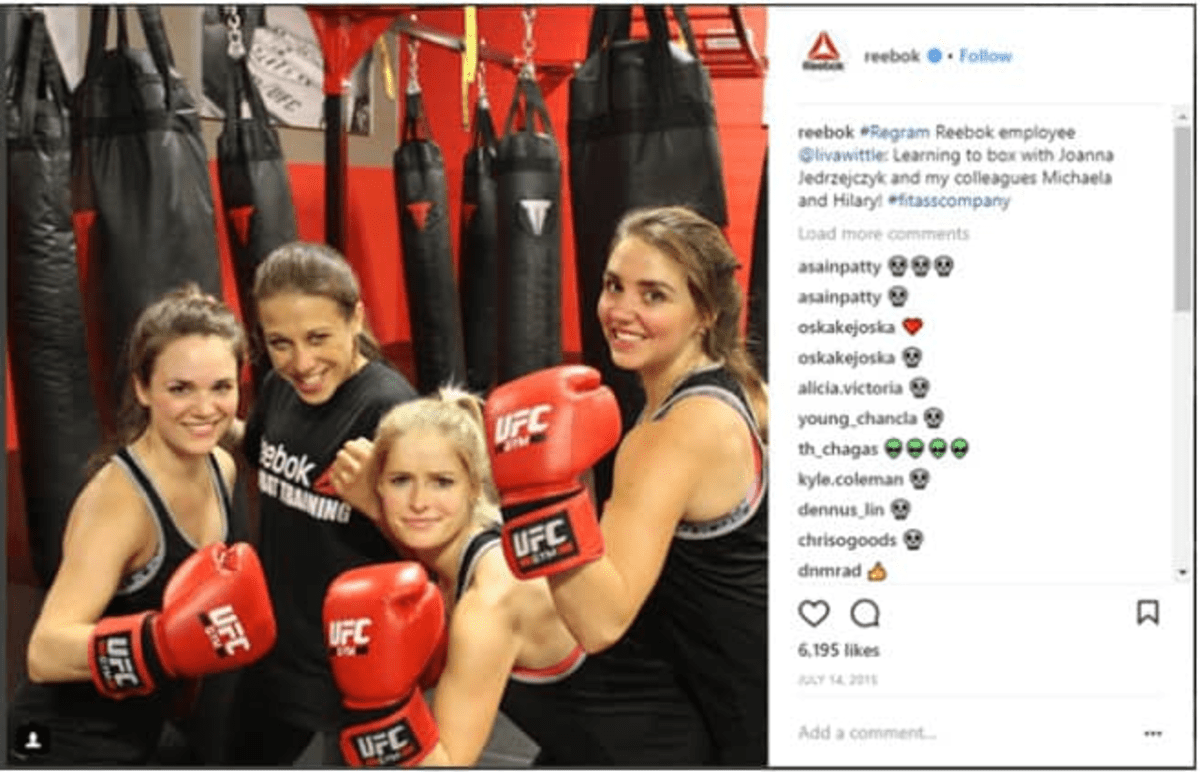
💡 Pro Tip: Leverage Sprinklr AI+ to enhance your content creation process. Instantly generate creative and channel-specific posts, streamline response management and ensure quality with grammar checks. Plus, easily translate content, engage your audience in their preferred language and simplify the review process by automating grammar and tone/voice checks.
2. Incentivize participation
Recognize and reward. Encourage participation with perks and incentives. Studies have shown that company recognition and monetary incentives are powerful motivators, e.g., employee of the month awards or referral bonuses. Also remember, authenticity is key. Encourage employees to add their personal touch to posts for better engagement.
IBM, for instance, has implemented a recognition program where employees are acknowledged for their advocacy efforts.
3. Provide training
Not every employee is a social media pro, so offer training to ensure everyone is comfortable navigating your advocacy program.
Microsoft invested in comprehensive social media training for its employees. By teaching employees the skills to effectively use social media, Microsoft enhanced their confidence and contributed to a more cohesive and impactful program.
Tools like Sprinklr's Employee Advocacy can help with this. Also remember, training is an ongoing process — be sure to keep those sessions fresh and relevant as social media platforms and their algorithms keep evolving with each passing day.
4. Set goals and KPIs
Define your program's purpose and measure its success. Know the why and how. Benchmark studies can guide you, but tailor your goals to your industry. Regularly track and tweak based on the insights you gather.
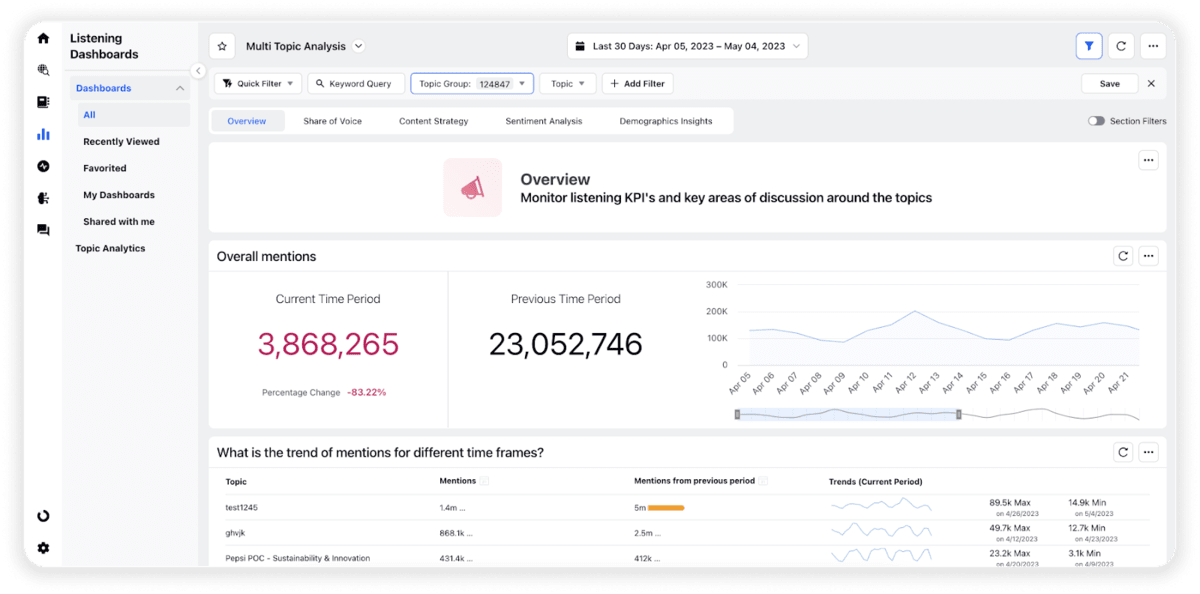
Dell structured its employee advocacy program around this. By defining objectives around brand awareness, lead generation and engagement, it could measure the program's success and adjust strategies based on quantifiable data — ensuring continuous improvement.
5. Offer shareable content
Keep it share-worthy. After social media know-how, the next question is often, “What should we share?” Provide regular, interesting content — press releases, employee features and company announcements.
For example, Cisco encourages employees to share their insights and expertise by providing a platform for employee-generated content. This includes articles, blogs and thought leadership pieces. This not only amplifies its reach but also positions employees as industry experts — enriching the brand's content and credibility.
Drive a successful employee advocacy program through these 7 steps
By following these seven steps, you can build a successful employee advocacy program.
Step 1: Cultivate workplace positivity
Build a workplace that employees not only appreciate but genuinely love. It begins with understanding and addressing their fundamental needs. Gallup's research highlights these key factors:
A clear mission and purpose
Transparent expectations
Access to necessary tools and equipment
Regular recognition for contributions
Open line of communication
The pivotal role of managers in influencing 70% of employee engagement cannot be ignored. Leaders should invest in:
Defining and communicating manager roles and expectations
Providing necessary training and tools
Establishing evaluation processes that empower employees to thrive
The benefits extend beyond advocacy — leading to higher profitability, increased customer loyalty and enhanced productivity.
Interesting Read: The convenience chronicles: Shep Hyken on unlocking customer trust and loyalty
Step 2: Set clear goals and KPIs
Before asking employees to advocate for the company, it's important to define the purpose of your advocacy program. Clearly communicate your goals to eliminate ambiguity and provide measurable social media metrics to track progress. Here are a few examples of what your program goals could be:
Lead acquisition
Talent recruitment
Improved brand awareness
Increased share of voice on social media
KPIs to monitor include:
Identifying top contributors
Measuring organic reach
Tracking engagement
Evaluating website traffic generated by employee advocates
Assessing the impact on overall brand sentiment
Step 3: Identify advocacy leaders
Effective leaders of an advocacy program aren't necessarily found in executive ranks but among those who are already adept at using social media. Look for individuals who:
Are naturally skilled at developing personal brands
Share industry-related content on a regular basis
Act as the public face of the company through the work they do
Exhibit great enthusiasm about the industry and the company
Empower these employees to play a pivotal role in shaping and promoting campaigns by setting advocacy goals and giving incentives.
Step 4: Establish social media guidelines
Provide employees with clear guidelines on what to share and how to communicate effectively. Establish two essential documents:
A social media content policy outlining the do's and don'ts, topics to avoid, FAQ responses
Brand style guidelines covering visual elements such as logo usage, color palette, typography and other key brand attributes like tone of voice and messaging principles
Avoid creating overly restrictive rules — aim for flexible boundaries that encourage authentic expression while safeguarding the company's reputation. Also, ensure the guidelines are presented in an easily understandable and visually engaging format — include examples and provide contact details of the leader of the advocacy program for additional guidance.
Step 5: Involve employees in strategy
Once your goals and guidelines are in place, the next step is to engage employees actively. Communication is key — inform them about the advocacy program, the tools available and then encourage them to participate voluntarily.
Avoid forcing employees to share brand content on personal channels. Instead, involve them in content planning by sharing the current social media strategy and seeking their input on content that reflects the company culture and aligns with your advocacy program goals. Use employee feedback to shape the overall advocacy strategy — promoting a sense of inclusion and collaboration.
Step 6: Create valuable resources
The core of successful employee advocacy lies in providing employees with valuable content that not only showcases the company’s positives but also aids them in their roles or positions them as industry experts. LinkedIn research indicates that users who share advocacy content receive 600% more profile views and grow their networks three times faster.
To achieve this, consult employees about the questions customers frequently ask them and create content that addresses these queries effectively. Frontline employees, being closest to customers, are the best source for such insights. Establish and regularly update a content library containing resources for easy employee access.
Additionally, acknowledge the power of personal messages by allowing employees to craft their own captions for images or videos but make sure that it aligns with the brand guidelines.
Step 7: Recognize and reward employee advocacy
Acknowledge the effort your employees invest in advocacy. Educate them about the benefits — such as increased visibility and credibility as subject matter experts.
Rewards should extend beyond mere exposure — including tangible incentives like gift cards or prizes. Many successful programs incorporate gamification, turning advocacy into a contest. Establish a leaderboard to highlight top contributors and offer prizes to winners. Also, consider a draw that includes all participants to ensure fairness.
Avoid these 5 mistakes when setting up your employee advocacy strategy
Avoiding mistakes is crucial for a successful employee advocacy strategy. Let's look at five common mistakes you can avoid to make sure your strategy is on the right track.
Not setting clear goals and benchmarks makes it hard to measure how well your employee advocacy program is doing. Define specific objectives so you can track their progress, and make sure your program helps achieve your overall company goals.
Employee advocacy works best when business goals are in line with what your employees want. If you don't listen to their thoughts and ideas, your program might not get enough takers. Solicit feedback from all the employees and use that to design a program that works for everyone.
If you're too strict with your rules, employees may not appreciate it and will be reluctant to participate. Give them some freedom to be creative by encouraging them to share their unique perspectives and ideas. Guidelines are good, but stringent rules can stop people from active participation.
Social media is important. However, it's essential to consider leveraging employee advocacy across various domains such as content marketing, public relations and customer service. This way, you can reach more people and make use of everyone's skills.
Ignoring legal considerations can cause problems. Work closely with your legal team to ensure that the content shared by your employees adheres to privacy and data protection laws. For instance, employees should avoid sharing sensitive or confidential information that could violate privacy regulations. This way, you build trust and keep everyone on the right side of the law.
Increase your brand reach by 10x using the only unified advocacy platform
Due to the steady decline of organic engagement rates on social media, it’s now harder for brands to be heard without spending marketing dollars on costly, inefficient ad campaigns.
Sprinklr Advocacy — built on the world’s only Unified Customer Experience Management (Unified-CXM) platform — allows you to empower your workforce with a digital-first employee advocacy program that enhances reach, engagement, revenue and talent. It helps you:
Maintain a central asset repository
Define approval workflows for 30+ social channels
Gamify the experience to improve employee participation
Build customizable program dashboards and metrics
With Sprinklr’s employee advocacy solution, it’s easy to transform your loyal employees into your strongest advocates, who feel motivated to promote your brand organically.
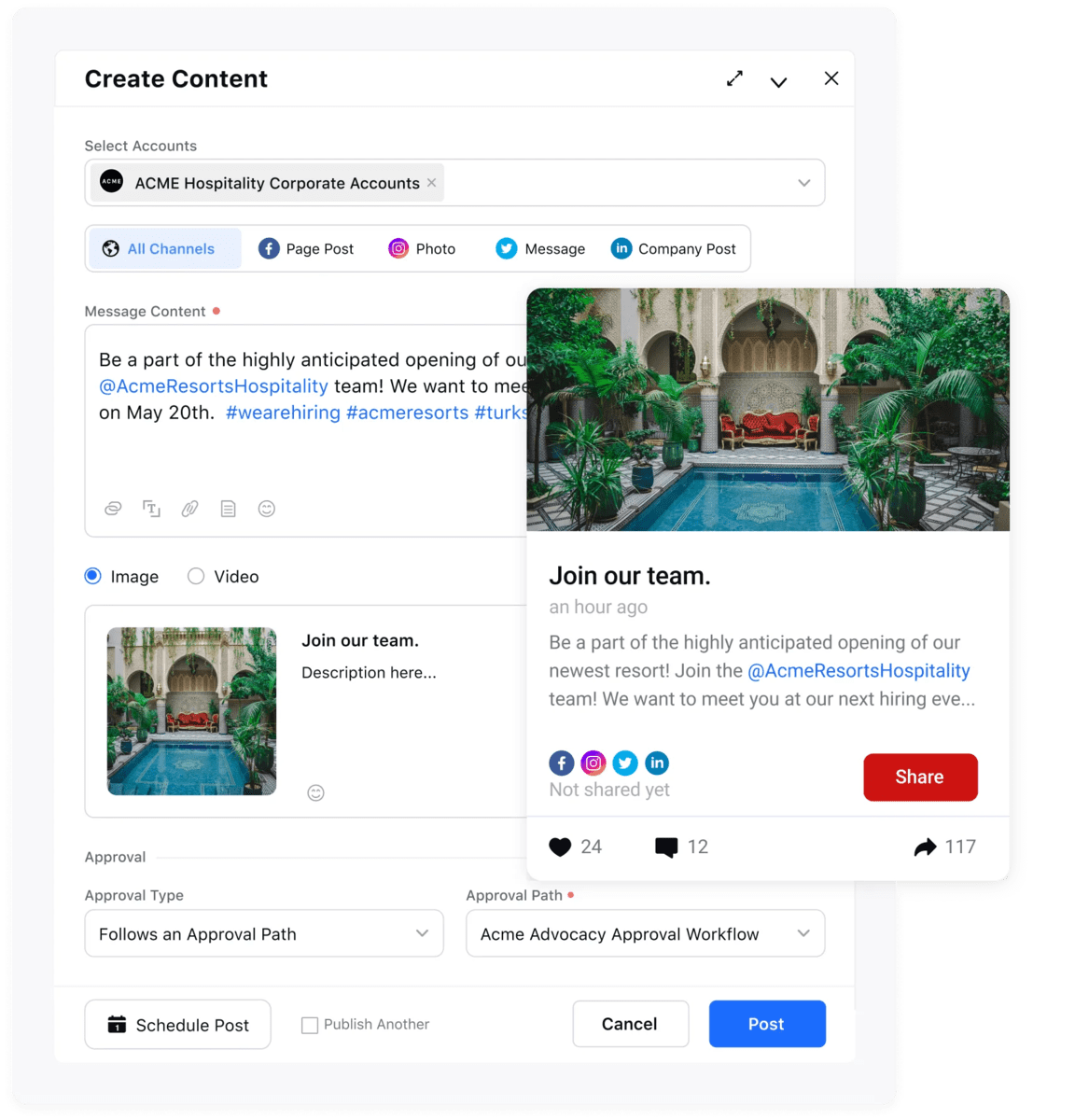
Final thoughts
Ready to elevate your brand? Don't miss out on the perks of an employee advocacy program. See how it transforms both brand messaging and individual employee influence. While achieving desired results may take time and planning, the shift in mindset brings real, valuable rewards. Embrace employee advocacy with tools like Sprinklr — by boosting employee engagement and encouraging them to share, it can improve your brand visibility and employee happiness considerably.
Frequently Asked Questions
Employee advocacy educates and engages employees, customers and prospects — ultimately helping attract skilled potential hires.
related products
Thank you for contacting us.
A Sprinklr representative will be in touch with you shortly.
Contact us today, and we'll create a customized proposal that addresses your unique business needs.
Request a Demo
Welcome Back,
No need to fill out any forms — you're all set.
